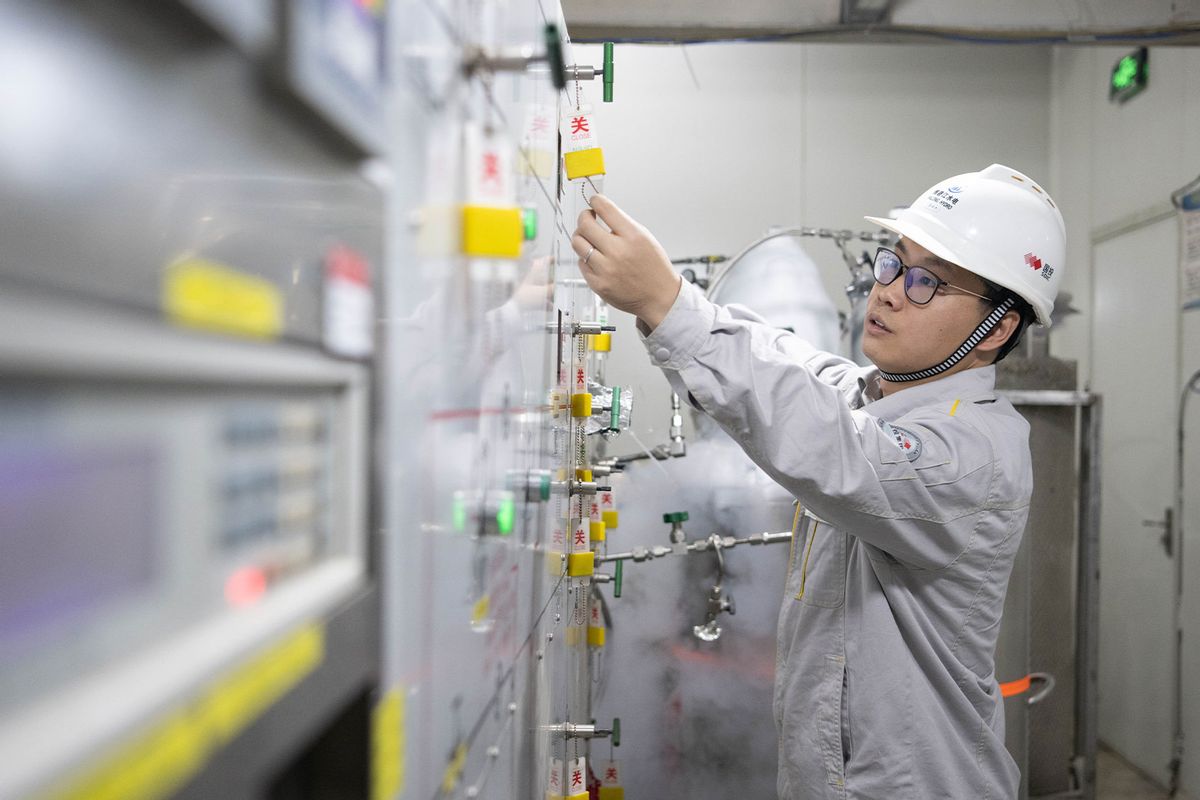As recently reported by the journal Nature, China's new underground dark matter detection laboratory is now the biggest and deepest in the world, bringing us one step closer to revealing some of the most mysterious, fundamental matter in the universe. The second phase of the China Jinping Underground Laboratory (CJPL-II) was completed in December and now totals 330,000 cubic meters — or about 11.7 million cubic feet of lab space — surpassing previous record-holder Gran Sasso National Laboratory in Italy. Due to natural rock shielding, cosmic rays hit the CJPL-II lab underground at just 0.000001% of the rate they hit the Earth's surface. This state of subatomic quietude is critical to detect minute dark matter signatures.
“With better sensitivity, we can play with the detector and test the different types of interactions,” PandaX physicist Ning Zhou told Nature, describing the additional 900 cubic metres of water shielding the team uses to help it detect even tinier particles.
Zhou said the team's goal is to build a xenon detector rivaling that of Europe's DARWIN experiment, which has a 40-tonne capacity. He said that the CJPL-II teams will continue to improve the sensitivity of their xenon and germanium detectors over the next decade, and that he hopes the global dark-matter research community will share and combine CJPL-II data sets with their own.



Shares